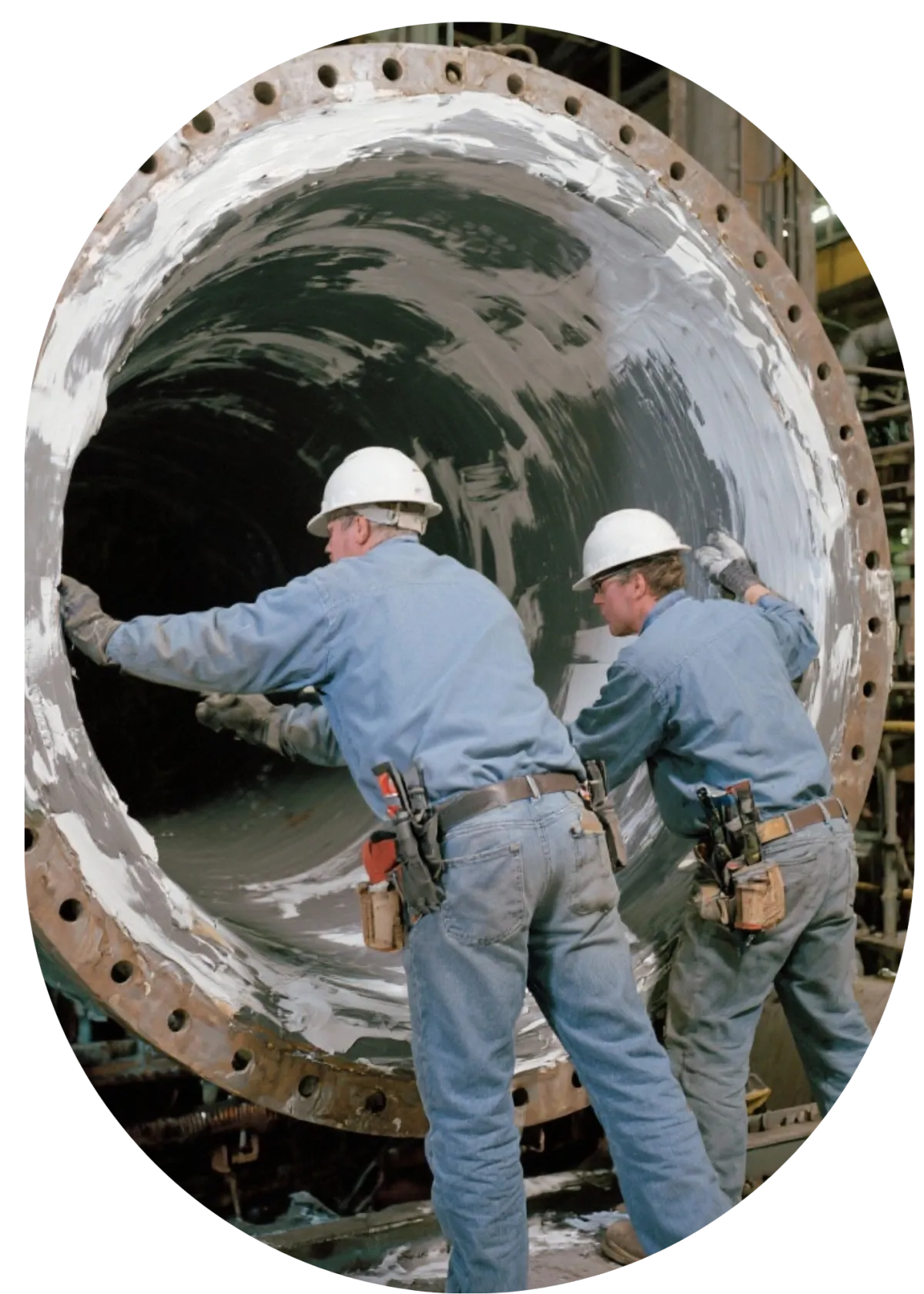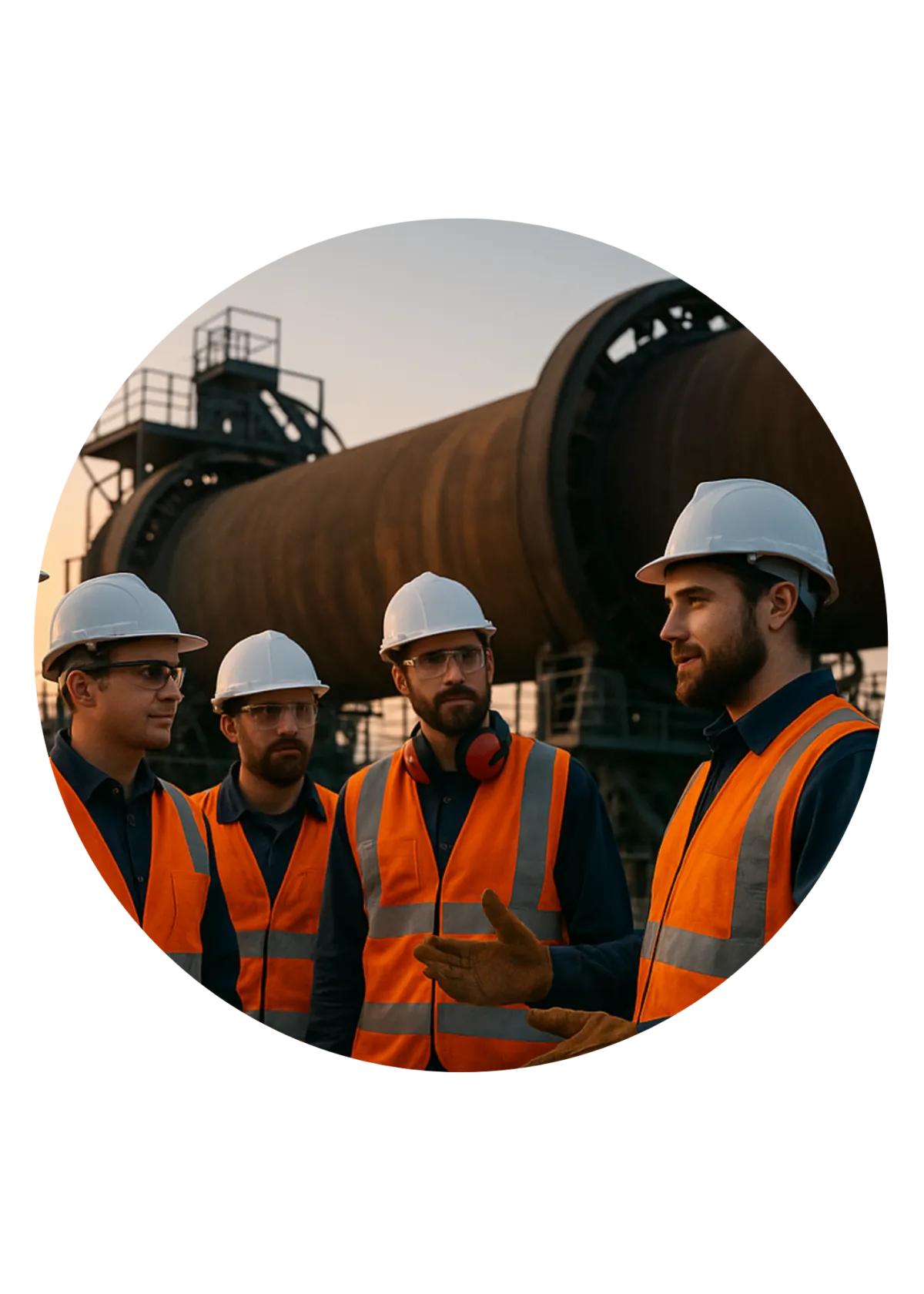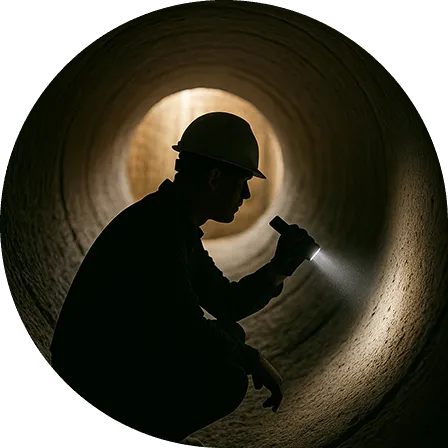
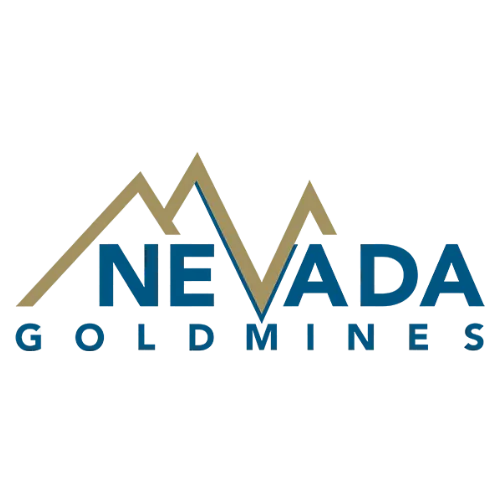

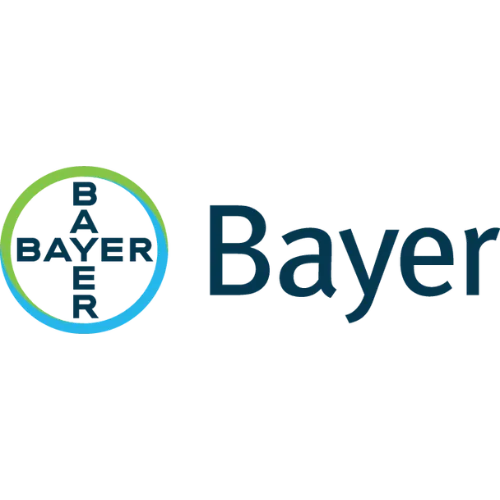

What we Offer
From full material packages to installation support, we deliver corrosion-resistant systems engineered to match your chemistry, concentration, temperature, and abrasion profile.
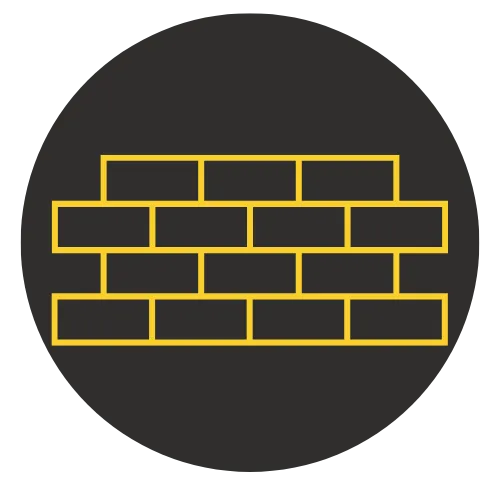
Acid & Carbon Brick Systems
ASTM C279 Type II/III acid brick and specialty carbon brick solutions designed for towers, reactors, floors, and trenches—paired with the right mortar and membrane for long-term protection.
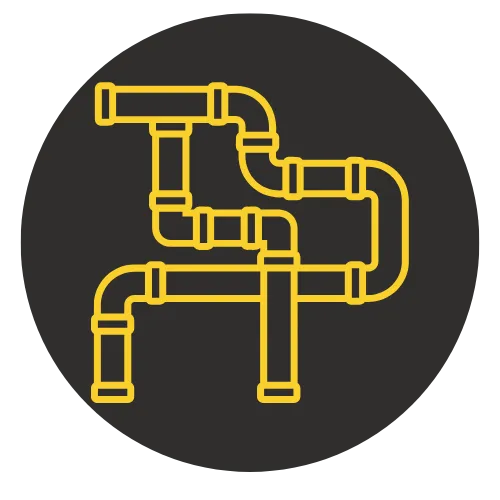
Corrosion-Resistant Coatings
Rubber linings, FRP/dual-laminate systems, and thermoplastic membranes for tanks, ducts, and vessels—engineered for chemical compatibility and durability.

Engineered refractory linings
At WD Equipment, we don’t sell “one-size-fits-all” materials.
We design and install complete protective lining systems that match the exact chemical, mechanical, and thermal conditions inside your plant.

Project Review & Consultation
Bills of material that cover brick, mortar, anchors, membranes, expansion joints, and QA tools—tailored to your process requirements and field conditions.

40+Years Experience

10+Suppliers

6+Industries Services
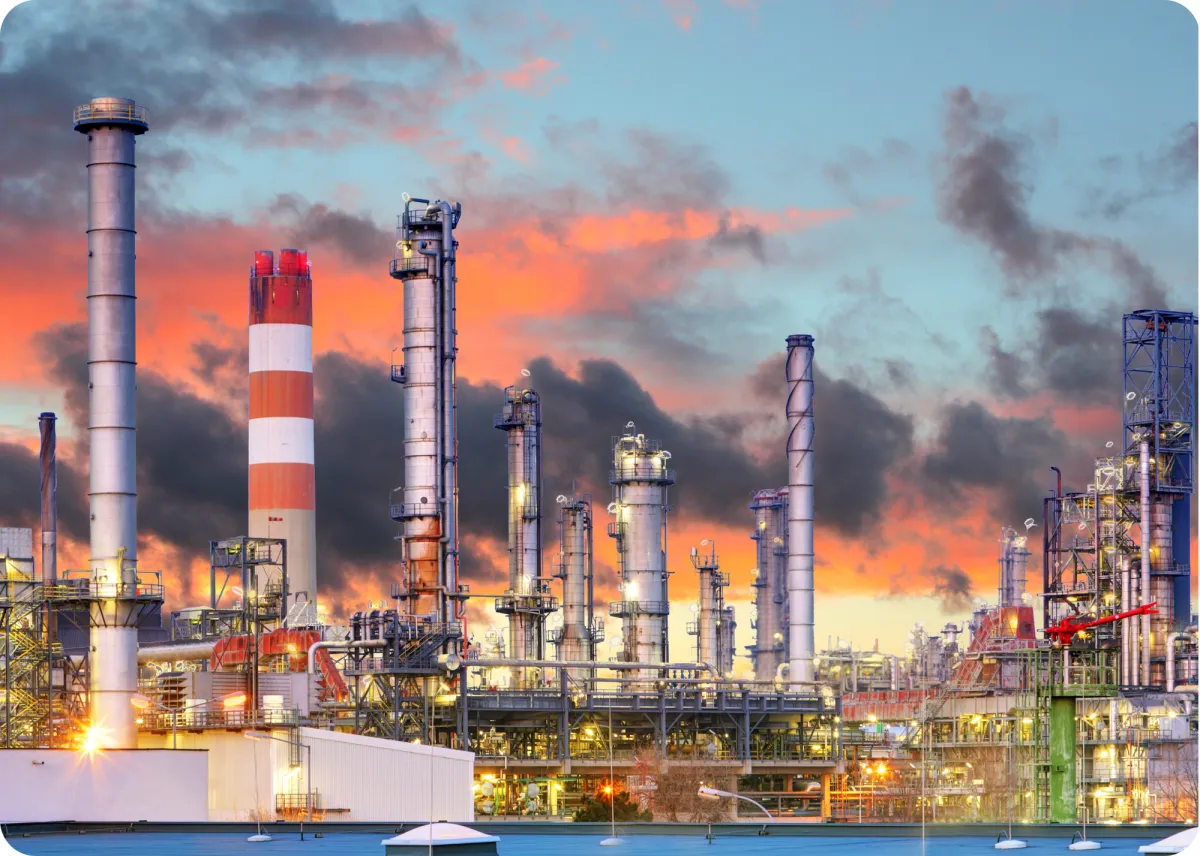
About us
Expertise in Industrial Refractory Solutions
WD Equipment specializes in protecting steel and concrete assets exposed to the toughest conditions—high temperatures, corrosive acids, abrasive slurries, and thermal cycling.
With decades of engineering insight, we design and supply systems that combine acid brick, carbon brick, rubber linings, and FRP/dual-laminate technologies. Every solution is tailored to the customer’s specific chemistry, concentration, and operating profile, ensuring maximum durability and compliance with ASTM standards.
Whether it’s an absorber tower, phosphate reactor, or a trench subject to constant erosion, WD Equipment delivers proven, engineered protection where performance cannot be compromised.
Our Services
Every application is different, and WD Equipment approaches each project with tailored engineering solutions.
We analyze your process conditions —
chemistry, concentration, temperature, abrasion, and thermal cycles—to design brick, lining, and membrane systems that meet ASTM standards while delivering maximum performance and service life.
Products & Services

Refractory Coatings
Our phosphate-bonded refractory coatings are engineered for superior resistance to heat, abrasion, and chemical attack. They extend the service life of critical equipment in phosphate and chemical processing environments.

Chemical Resistant Brick & Tile
We supply ASTM C279 Type II/III acid brick designed for maximum chemical resistance in towers, tanks, and trenches. Paired with the right mortars and membranes, acid brick systems deliver durable protection against aggressive acids.
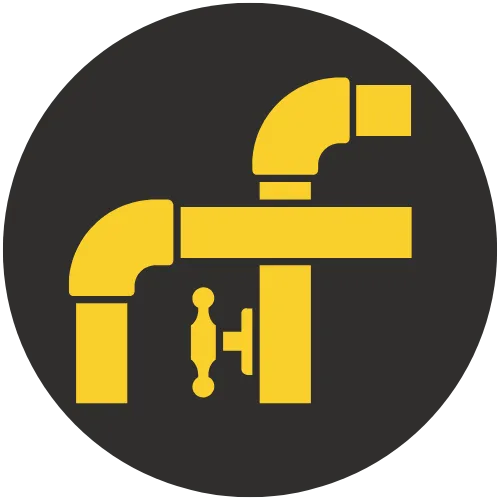
Corrosion Resistant Coatings
From rubber linings to FRP/dual-laminate systems, our solutions safeguard equipment exposed to a wide range of corrosive chemicals. Each lining is tailored to your service environment for long-term reliability and compliance.
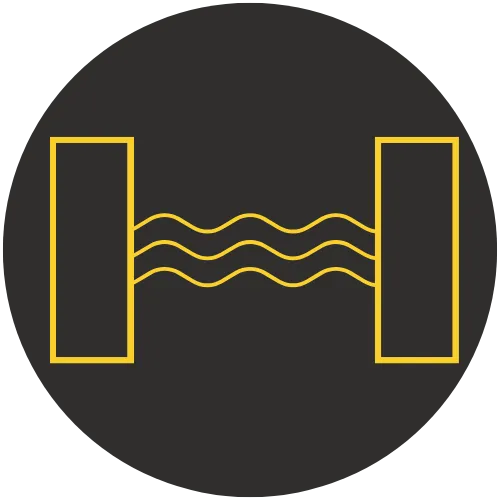
Durable Expansion Joints
Our expansion joints are designed to handle thermal cycling, pressure changes, and chemical exposure without failure. They ensure system flexibility and maintain integrity in the harshest operating conditions.

Expert Consultation Services
WD Equipment’s team provides technical guidance on selecting the right materials, mortars, and linings for your specific application. We partner with engineers and plant managers to design systems that reduce risk and maximize uptime.

Mortar Systems
Our engineered systems combine proven materials, precision design, and quality assurance tools to deliver unmatched performance. Customers benefit from longer service life, reduced downtime, and confidence in compliance with industry standards.
Get in touch
Have a project or question? Our team is ready to help with material selection, system design, and technical support.
Insights & Resources
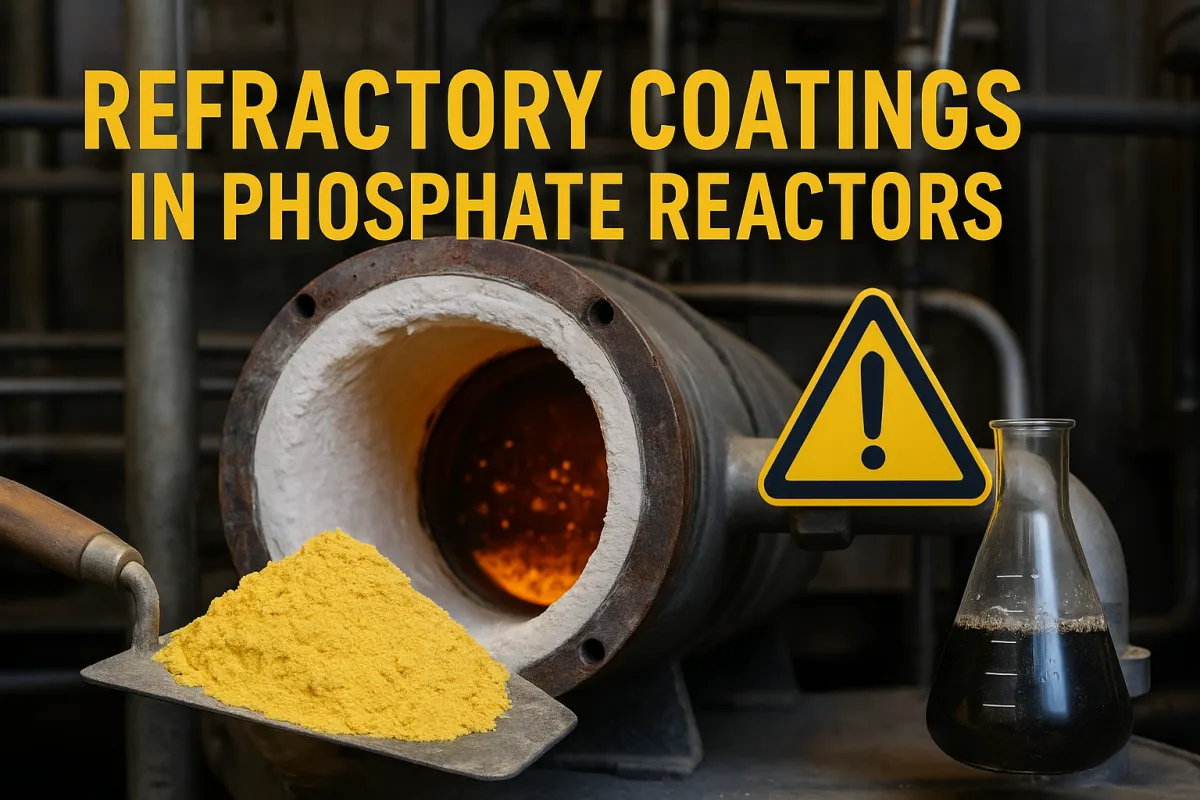
What Are Refractory Coatings in Phosphate Reactors?
What Are Refractory Coatings in Phosphate Reactors?
Refractory coatings are specialized, high-temperature ceramics and mineral binders applied as thin protective layers inside process vessels to protect structural refractories from chemical attack, abrasion, and thermal shock. In phosphate-production reactors — where concentrated phosphoric and often sulfuric acids, high temperatures, and abrasive solids collide — the right coating is mission-critical for plant uptime and safety.
How they work
Most industrial refractory coatings combine high-quality refractory aggregates (e.g., alumina, magnesia, carbon) with a binder system. Phosphate-bonded refractories use phosphoric acid or phosphate salts as the binder and are widely used where high chemical resistance and excellent bonding to dense refractories are required. These materials are engineered to set and develop mechanical strength rapidly, creating a tight bond to substrates and resisting the corrosive environment inside phosphate reactors. Industry reference guides note that modern phosphate-bonded materials are “customized, high-temperature ceramics designed to withstand destructive and extreme service conditions.” Masonry Heater Association
Typical benefits for phosphate reactors
Chemical resistance: Phosphate-bonded chemistries resist attack from phosphoric and sulfuric acids that are often present in fertilizer processes.
Abrasion and erosion resistance: Coatings protect against mechanical wear from solids and slurry.
Reduced maintenance & faster repairs: Many coating systems can be gunned or troweled in and reach service strength faster than conventional castables or brick repairs.
Practical use cases
Manufacturers such as Harbison-Walker and others provide phosphate-bonded gunning plastics and castables specifically formulated for severe service applications (e.g., GREENGUN®-85 P PLUS style products). These materials are used across power, cement, and chemical process industries where both thermal and chemical stresses are common. HWI+1
Why this matters operationally
Unplanned downtime is a huge cost driver in industrial operations. Recent industry analyses place the average cost of an unplanned industrial outage at tens of thousands to hundreds of thousands of dollars per hour depending on plant scale — making protective linings a strong investment when they prevent extended stoppages. One global survey found the average outage cost for large plants rose to the order of $125,000 per hour in some sectors, underscoring how quickly failure cascades into lost production and repair bills. Siemens AssetsIndustry EMEA
Bottom line
For fertilizer manufacturers and plant engineers, refractory coatings — especially phosphate-bonded systems — are not decorative or optional: they are technical solutions that reduce corrosion, prolong refractory life, and materially lower the risk of costly unplanned outages. When specifying a coating, engineers should evaluate chemical compatibility, abrasion resistance data, cure times, and the proven field performance of the product in phosphate reactor environments.

